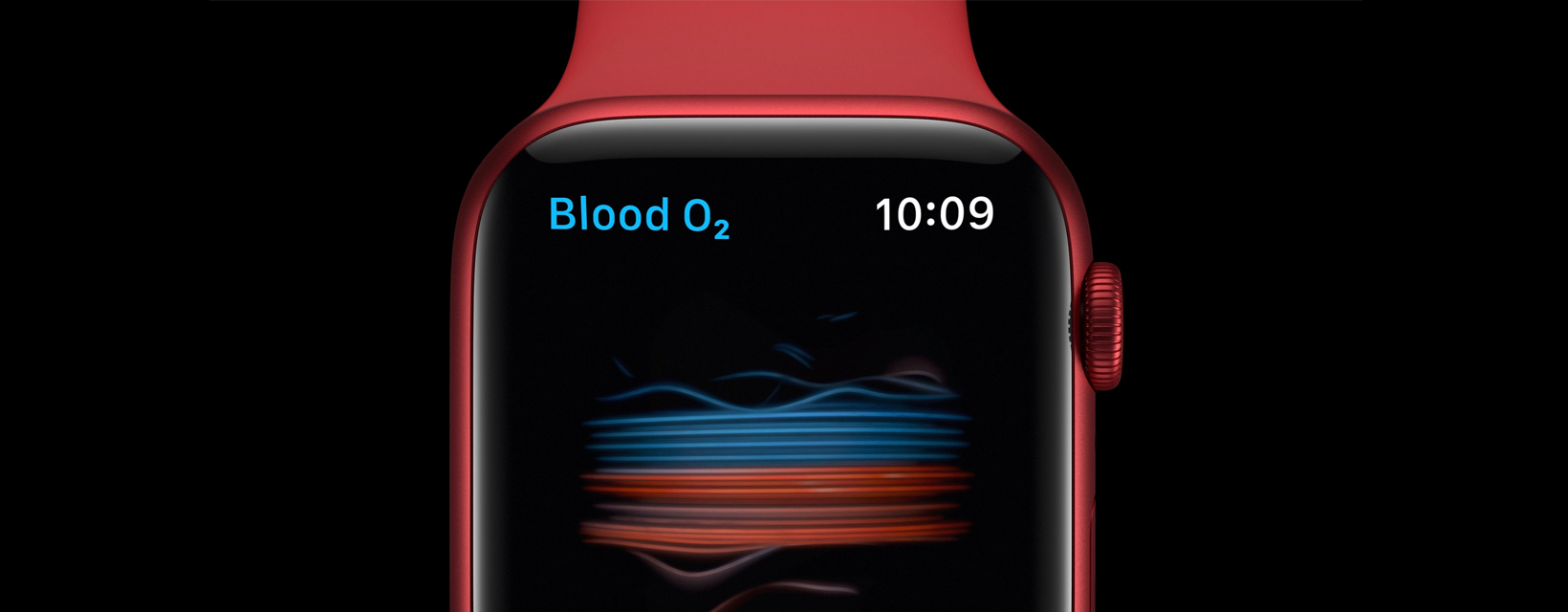The Wall Street Journal reported that Apple has an internal project codenamed “Casper,” which has explored the possibility of creating an Apple primary care network. A primary care network is a group of doctors and clinics that focus on delivering basic medical care (general practitioners). While Casper is still an active initiative, we believe it’s unlikely Apple ultimately builds a primary care network given it’s outside of their core competency. Instead, we see the company’s health ambitions anchored in devices and data that can be leveraged by clinicians for care. To achieve this, Apple must secure more Class II-grade medical device features for Watch and potentially AirPods. Class II designations give healthcare providers the legal confidence to trust and use the data these devices collect.
We think of Apple’s health initiatives as composed of three building blocks.
Building block #1: data capture. The foundation of Apple’s health offerings is data capture through the Watch, which today measures heart rate, Afib, blood oxygen levels, ECG, and fall detection. In the future, blood pressure and blood glucose monitoring are logical next features, showing Watch has room to grow as a data collection device. Apart from adding new features, Watch adoption has room to grow as well. We estimate around 13% of iPhone users are Watch users, and believe this can rise to more than 40% over time.
In our conversations with healthcare professionals, the obstacle for Apple is that from a clinician’s standpoint, the majority of data the Watch collects is primarily for “entertainment purposes.” We feel this perspective understates the value of the data these devices collect and validates the hard line between the data gathered from a Class I versus a Class II device in the eyes of a clinician.
It’s worth noting that today the Watch does have a Class II designation for its atrial fibrillation (Afib) feature, granted by the FDA in 2018. A Class II designation ensures that collected data is accurate and safe to be acted upon. Class II certifications have yet to be secured for other Watch features, including general heart rate and blood oxygen monitoring.
We believe one indication regarding Apple’s seriousness related to the health opportunity is whether the company achieves Class II designations for other features on Watch. If successful in winning more approvals, it would pave the road to unlock greater wellness, along with economic value, from Watch data. For example, a patient could submit years of Watch data upon entering the ER, which would be a significant, real-time advantage in diagnosis and treatment. The core question is whether Apple engineers can deliver FDA-grade data accuracy across the spectrum of Watch features.
Building block #2: data sharing. The second building block is data sharing, which we see as analogous to APIs and middleware, the mundane but essential layer that sits between the data capture device and third-party healthcare providers, such as physicians, insurers, and the broader primary care network. Apple’s expertise in devices, software, privacy and security makes this opportunity well within the company’s reach. This of course is predicated on rolling out more Class II features.
Building block #3: delivering care. The final layer in an integrated health stack is delivering care itself, which is essentially the interaction with a physician. This is what Apple’s Casper project aims to accomplish. Our view is that it’s unlikely Apple ultimately offers a primary care network given it rests outside the company’s hardware-software-services violin concerto. Undoubtedly, Apple has the resources to prove us wrong and successfully launch a care network. That said, we see an opportunity cost in going down the road of providing lower-margin services.
The overarching theme: Apple readying for an innovation wave
Apple’s aspirations around health are one example of three measurable revenue growth opportunities the company has over the next decade. In addition to health, there are of course untapped segments including augmented reality and transportation. While sizing the AR market is difficult given its nascent traction to date, the size of the transportation market is more easily estimated, at $7T plus.
We expect Apple’s overall revenue to surpass $400B dollars in 2023, so a combination of health, transportation and AR are foundational to the company growing revenue 5%-10% for the long term.
